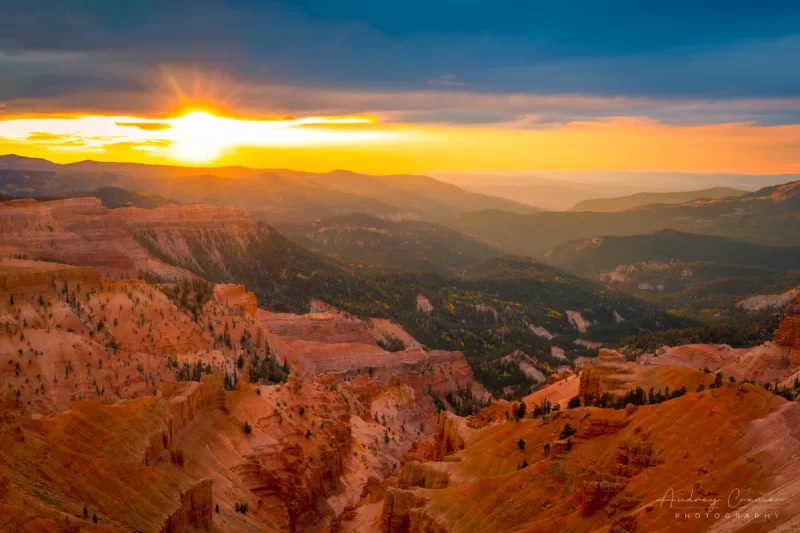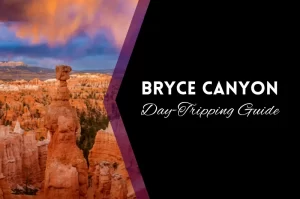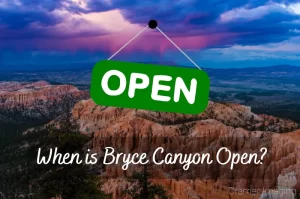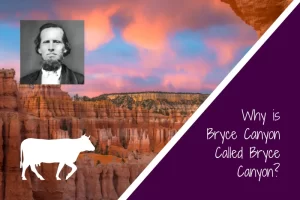Have you heard of Cedar Breaks in Utah? It’s a great view from atop the mountain. Lots of people then assume that it is a national park. However, is it? Is Cedar Breaks indeed a national park? That’s the question which we’re discussing today.
The quick answer to this question is “no, but it’s a bit complicated.” Cedar Breaks is a national monument, not a national park. What’s the difference? That’s much easier to explain using the National Park Service’s current definitions. Here’s the definition of a national park.
Generally, a national park contains a variety of resources and encompasses large land or water areas to help provide adequate protection of the resources.
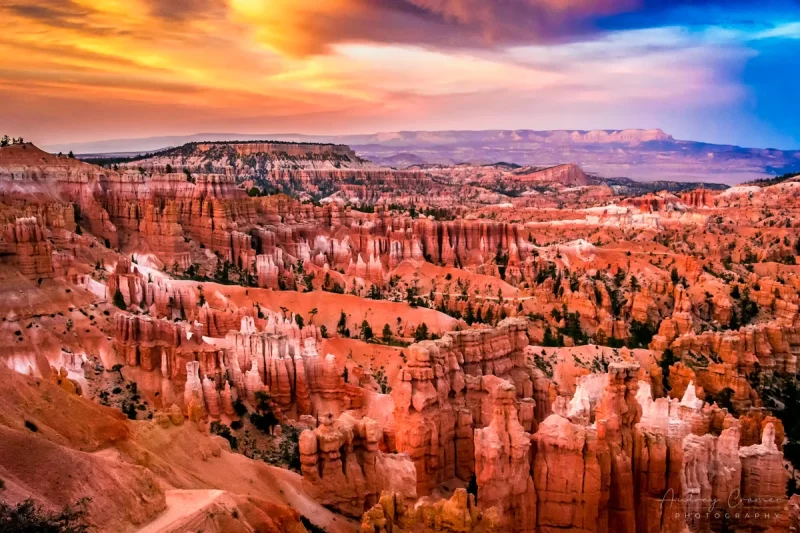
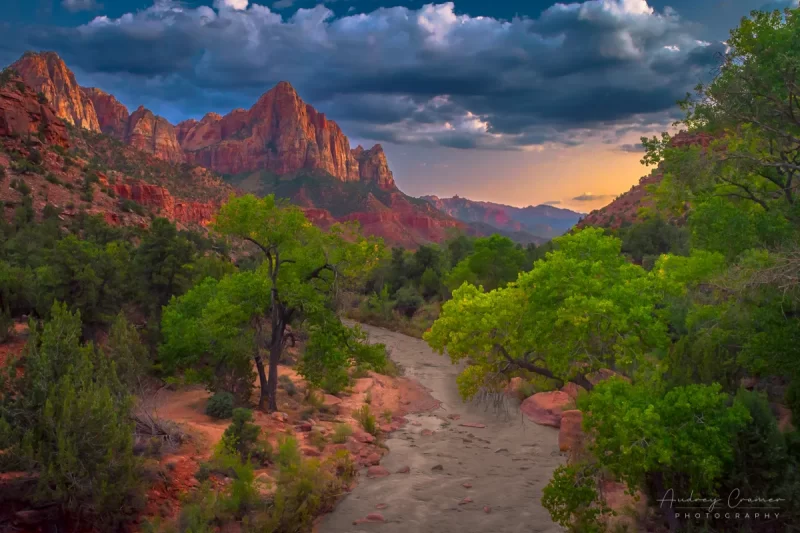
Now, here’s the definition of a national monument.
A national monument is intended to preserve at least one nationally significant resource. It is usually smaller than a national park and lacks its diversity of attractions.
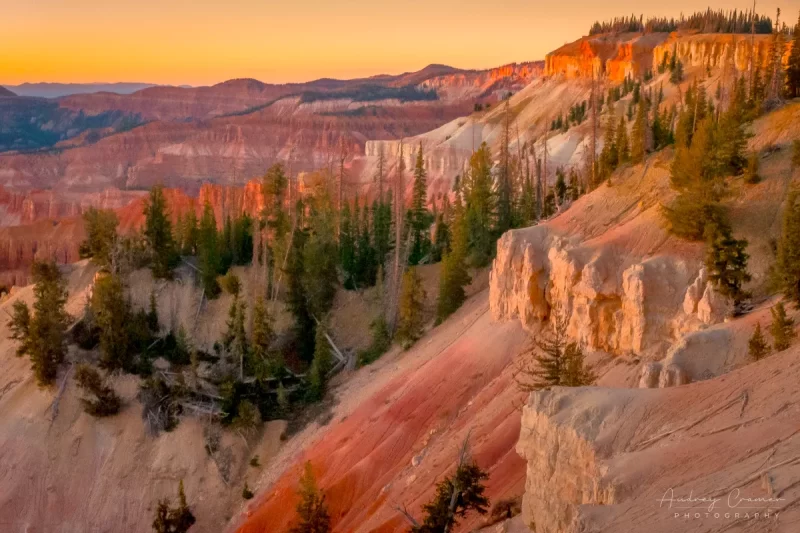
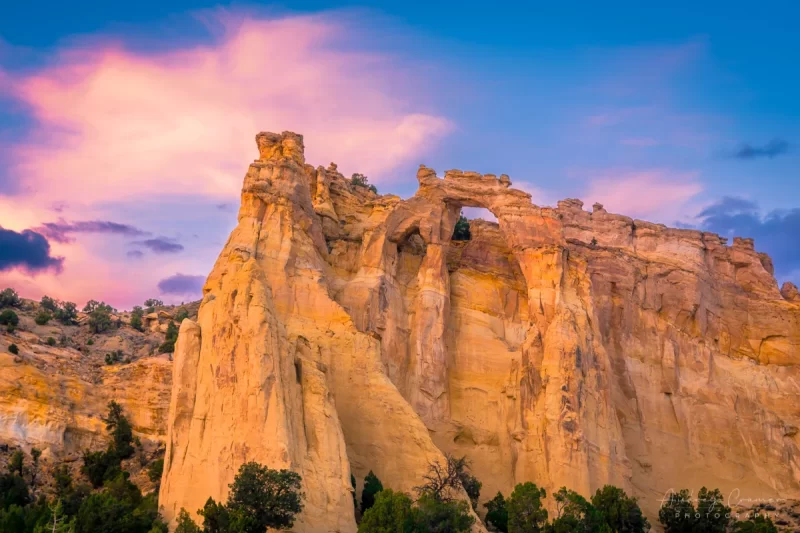
Another take on the difference is why the land is preserved. Here’s another definition of the differences between a national park and a national monument.
The primary difference lies in the reason for preserving the land: National parks are protected due to their scenic, inspirational, education, and recreational value. National monuments have objects of historical, cultural, and/or scientific interest, so their content is quite varied. For example, national monuments protect wilderness areas (such as Muir Woods), fossil sites, military forts, ruins (such as the Gila Cliff Dwellings), and buildings (such as Ford’s Theatre, where President Lincoln was assassinated).
On the bureaucratic bent, the National Parks Service oversees all parks and some monuments. However, the U.S. Forest Service, U.S. Fish and Wildlife Service, National Oceanic and Atmospheric Administration, the Department of Defense, and Bureau of Land Management may also supervise monuments, depending on the location of the lands and the reason for their protection. Some of these agencies are better than others at providing visitor information. Congress designates national parks; in general, presidential proclamations establish national monuments.
Franklin D. Roosevelt declared Cedar Breaks a national monument on August 22, 1933. This was no act of Congress, but an executive order. That covers how the land was incorporated into federal protection.
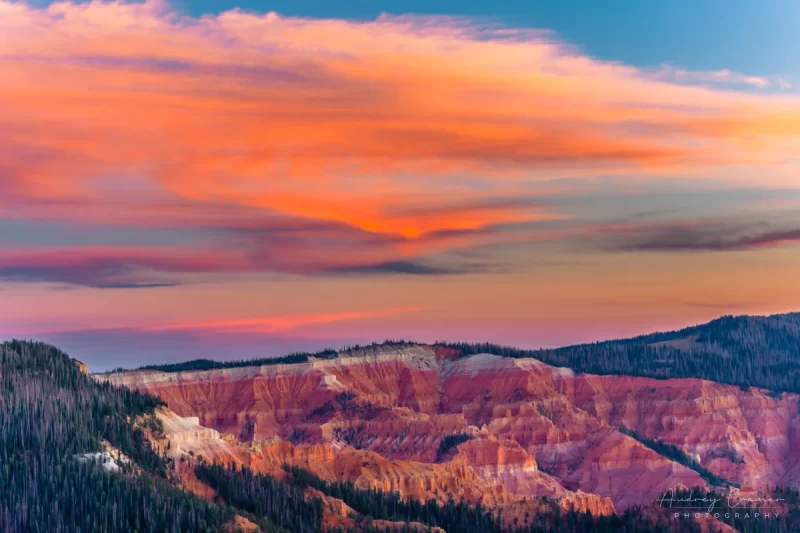
I’ve visited Cedar Breaks National Monument in addition to nearby Bryce and Zion National Parks along with Escalante National Monument. When comparing Cedar Breaks to the 2 national parks, it’s rather sparse with attractions. I could spend days wandering through what the parks offer (especially the larger Zion). However, I could quickly and easily see everything which Cedar Breaks offers in a morning or an afternoon.
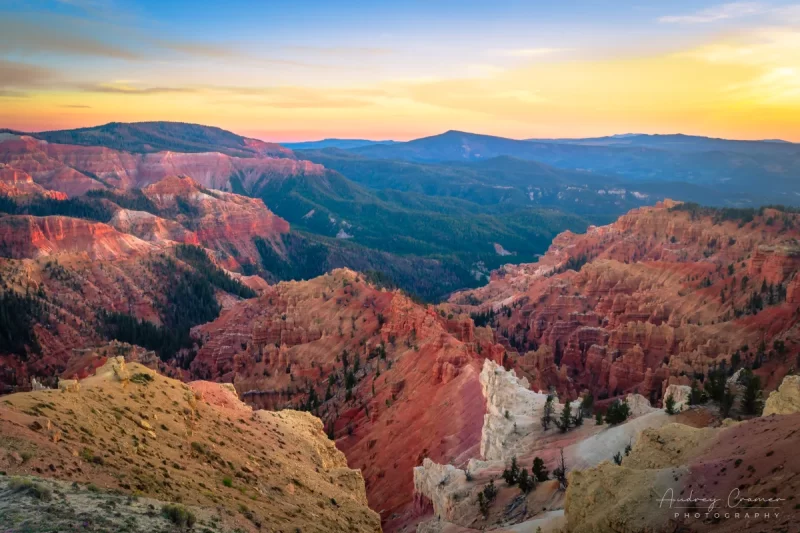
In the end, it really doesn’t matter that much whether or not Cedar Breaks is a national park or a national monument. It’s an amazing place to go see for yourself, as you can see from the pictures above. If you’re in the area (perhaps checking out Bryce or Zion), make some time to go see Cedar Breaks National Monument too. You won’t regret it.

